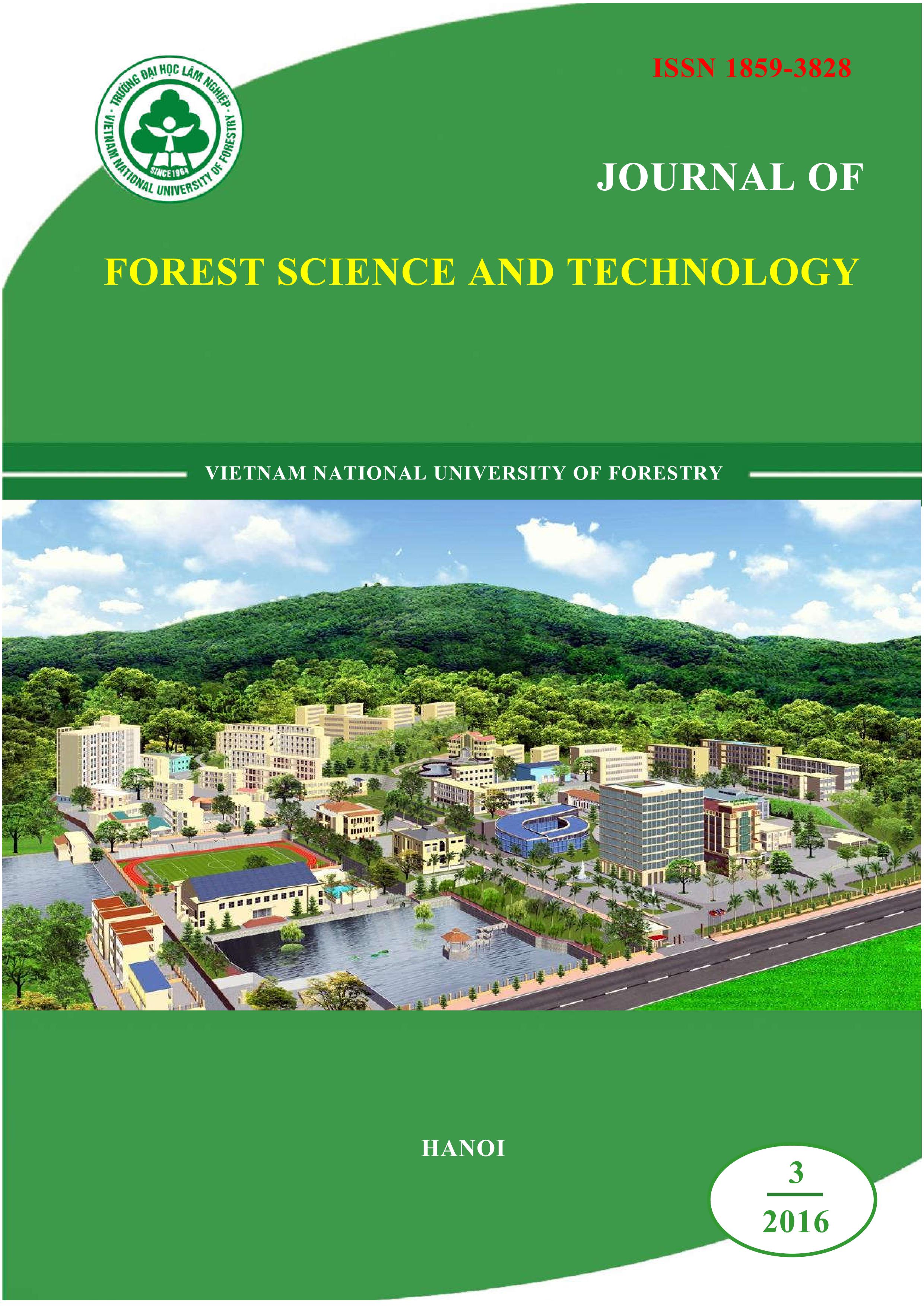STRUCTURE, COMPOSITION AND SPATIAL PATTERN SOF DEGRADED LIMESTONE FORESTS
Keywords:
Cuc phuong National park, point pattern analysis, spatial pattern, tropical evergreen forestAbstract
Structural and spatial patterns of tree species in forests are important indicators to explain which underlying mechanisms or processes regulating forest structure. In this article, techniques of spatial point pattern analysis were used to characterize structural and spatial patterns of two secondary rain forest stands in Cuc phuong National park, Vietnam. The findings shown that: (1) The forest structures were significantly affected by disturbance in tree species diversity and size distribution. (2) Intra-specific competition of Streblus macrophyllus was found in low – species and blur in high-species richness communities. (3) Most of inter-specific associations were independent except repulsions of S. macrophyllus in the high-species community. (4) Self thinning and gap phase regeneration were major processes controlling mutual life stage associations of S. macrophyllus while dispersal limitation acted on other species. In conclusion, S. macrophyllus is a gap opportunist and strong competitor. Disturbed forest and canopy openness facilitate it competing to occupy all available space.









